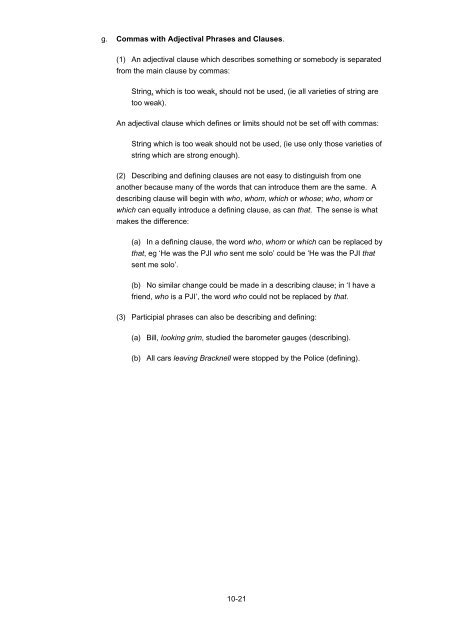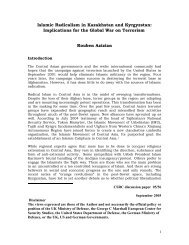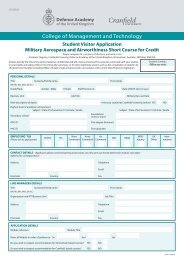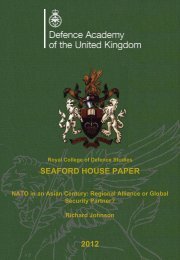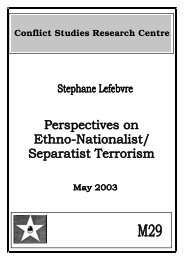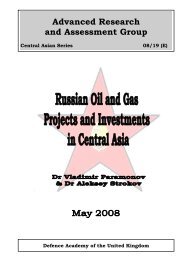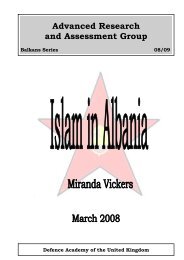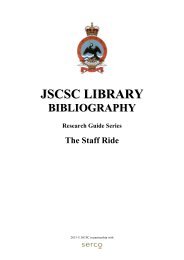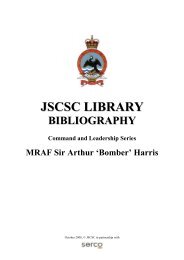You also want an ePaper? Increase the reach of your titles
YUMPU automatically turns print PDFs into web optimized ePapers that Google loves.
g. Commas with Adjectival Phrases and Clauses.(1) An adjectival clause which describes something or somebody is separatedfrom the main clause by commas:String, which is too weak, should not be used, (ie all varieties of string aretoo weak).An adjectival clause which defines or limits should not be set off with commas:String which is too weak should not be used, (ie use only those varieties ofstring which are strong enough).(2) Describing and defining clauses are not easy to distinguish from oneanother because many of the words that can introduce them are the same. Adescribing clause will begin with who, whom, which or whose; who, whom orwhich can equally introduce a defining clause, as can that. The sense is whatmakes the difference:(a) In a defining clause, the word who, whom or which can be replaced bythat, eg ‘He was the PJI who sent me solo’ could be ‘He was the PJI thatsent me solo’.(b) No similar change could be made in a describing clause; in ‘I have afriend, who is a PJI’, the word who could not be replaced by that.(3) Participial phrases can also be describing and defining:(a) Bill, looking grim, studied the barometer gauges (describing).(b) All cars leaving Bracknell were stopped by the Police (defining).10-21


